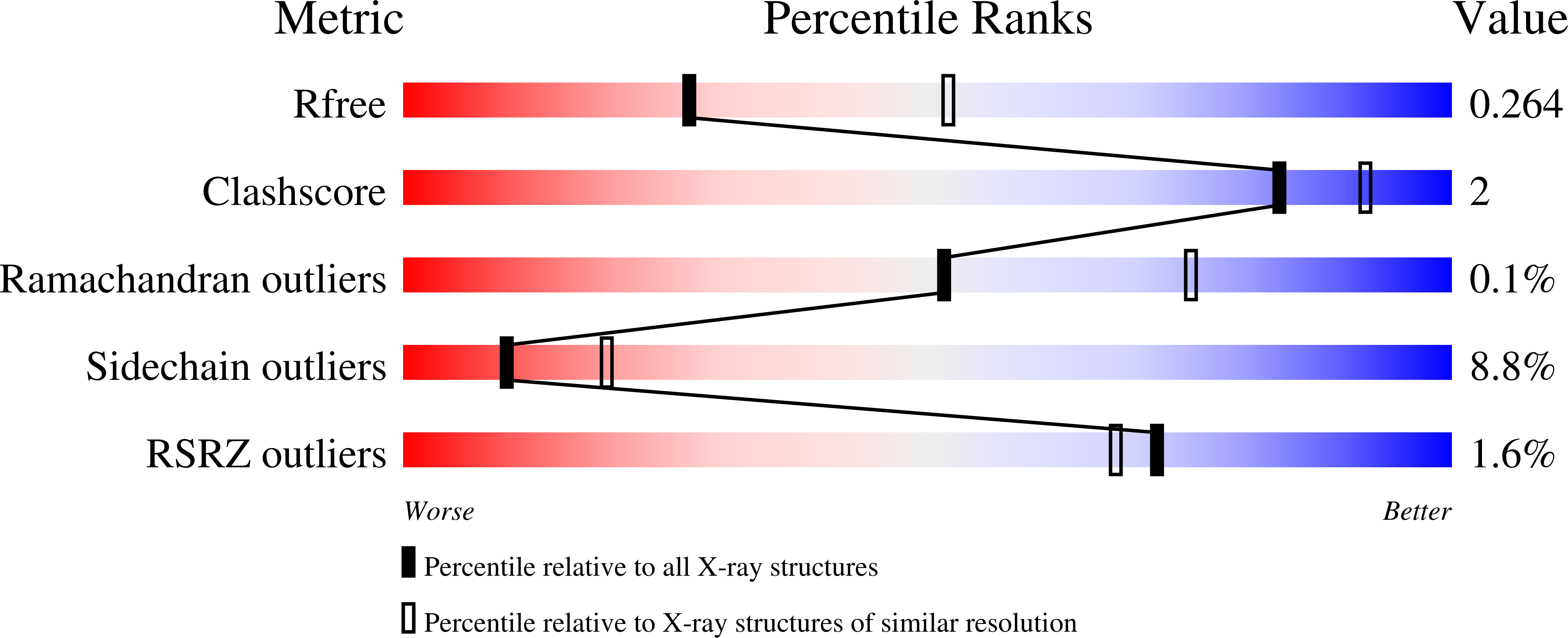
Deposition Date
2006-04-04
Release Date
2006-10-31
Last Version Date
2024-02-14
Method Details:
Experimental Method:
Resolution:
2.60 Å
R-Value Free:
0.26
R-Value Work:
0.22
R-Value Observed:
0.22
Space Group:
P 21 21 2


